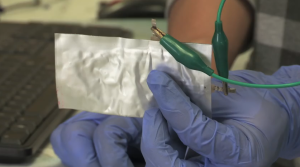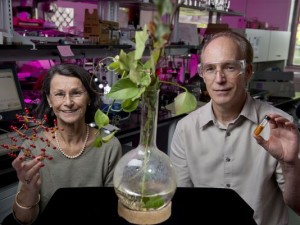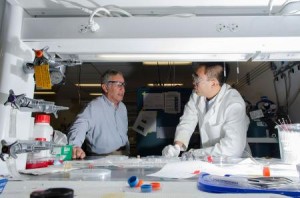The modern environmental movement was born 45 years ago today. A small group of twenty-somethings with a passion for the environment rallied together to create a more earth-conscious society, establishing what has become known as Earth Day.
The original Earth Day focused primarily on the pollution issue, but this year’s Earth Day is heavily directed towards climate change and the energy infrastructure.
While there may be a war on science happening with people and politicians alike dismissing climate change as mere myth, scientists conducting research in the field state that evidence for warming of the climate system is unequivocal.
When looking at climate change on a global level, the numbers speak for themselves.
- Carbon dioxide levels are at their highest in 650,000 years
- Nine of the 10 warmest years on record have occurred since 2000
- Land ice is dropping by 258 billion metric tons per year
- Sea levels have risen nearly 7” over the past 100 years








